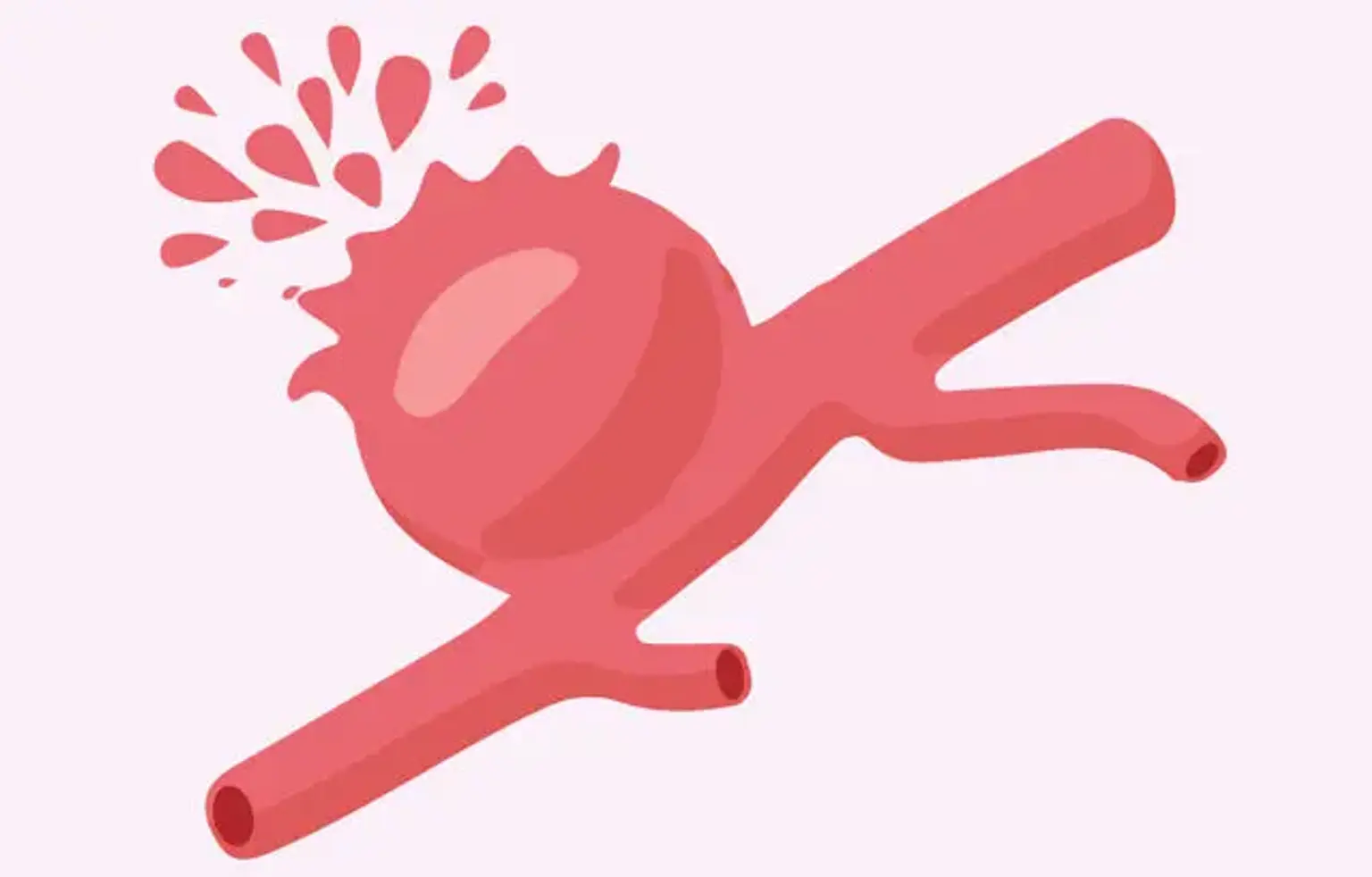An aneurysm is the condition that develops when a blood vessel’s wall is abnormally weakened, leading to a bulging or ballooning of the blood vessel. It is a serious condition that, if undetected or left untreated, can lead to the rupture of the blood vessel affected, which can lead to an internal bleeding, a stroke or even death.
Though an aneurysm can form in any kind of blood vessels, the arteries are the most frequent location of aneurysms. These are the blood vessels that deliver oxygen-rich blood from the heart to the rest of the body. Particularly vulnerable to aneurysm are the branching points of arteries, where the blood flow causes constant pressure.
There are more types of aneurysms. The location of the aneurysm determines its type. Therefore, these are the main types of aneurysms:
- Brain or cerebral;
- Thoracic aortic.
- Abdominal aortic.
According to the Center for Disease Control and Prevention, during 2019, only the aneurysms in aorta were the cause of 9.904 deaths.
